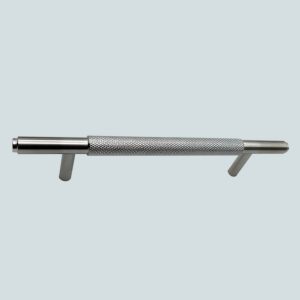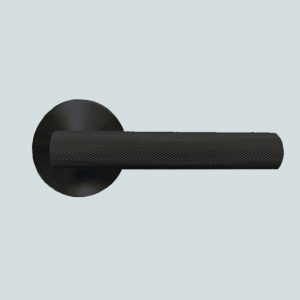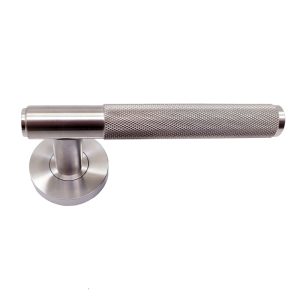In order to meet the customers’ demand for a range of knurled hardware fittings, AMDHANDLE start to design and produce various products, such as DIAMOND KNURLED PULL | DIAMOND KNURLED DOOR HANDLE, knulred door knob, knurled door stopper, knulred glass pull handle, knurled furniture handle and so on. We upgrade our machines and working method to match the hiqh quality demand from the project builders. We think we are the #1ST batch of OEM factory who produce the DIAMOND KNURLED on stainless steel products.
What is Diamond Knurling?
When it comes to machining, there are a variety of different processes that can be used to create the desired finish on a workpiece. One of these processes is knurling, which is a process that can be used to create serrations or patterns on the surface of a workpiece. There are two main types of knurling: single-point and multi-point. Single-point knurling is typically used for small serrations or patterns, while multi-point knurling is better suited for creating larger patterns.
One type of multi-point knurling is diamond knurling, which is a process that uses two or more pointed tools to create a diamond-shaped pattern on the surface of a workpiece. Diamond knurling can be used for both decorative and functional purposes. Decorative diamond knurling can be used to create patterns on jewelry or other ornamental items. Functional diamond knurling can be used to create patterns that provide improved grip or traction on objects such as tools or machine parts.

HOW TO PRODUCE Diamond Knurling
When someone requests “DIAMOND” knurl or wants to roll a “DIAMOND PATTERN” on a part, there are several questions that need to be answered. It is very easy to confuse what is required on the part and on the knurling die itself. First we need to know whether a MALE (raised pyramid) or FEMALE (depressed pyramid) pattern is required on the part to be rolled. If the print just says “Diamond Knurl”, we assume it to mean “MALE DIAMOND” Knurl on the part. Then we need to know what type holder will be used.
Rolling a “MALE” Pattern from the Cross-slide
Use a set of RH and LH Diagonal knurls if a 2-die holder is available. The rolls can be fed axially at .005/.030″ per revolution if necessary. Most of the knurling pressure will be absorbed in the holder if it can completely straddle the part, thereby greatly reducing part deflection and wear on the main spindle and cross-slide.
If only a single wheel (“BUMP”) holder is available, a “FEMALE DIAMOND” knurling tool must be used. This method is fine as long as the knurled section is relatively narrow, close to the collet and large enough in diameter so as not to deflect/bend too much.
Rolling a “MALE” Pattern from the Turret
If a Brown & Sharpe (or other brand) two die holder with swivel knurl blocks is available, us a set of (2) straight knurls set a 30° angle to the axis of the part. Feed axially onto the work piece at approximately .010/.030″ per revolution. Bevels are not required on the knurls.
If the knurl blocks do not swivel, or you need to knurl close to a shoulder, use a set of RH and LH Diagonal knurls (convex axial feed knurls are recommended, chamfered wheels as a second choice).
Rolling a “FEMALE” Pattern
A female pattern on the work piece can only be produced using a “MALE” diamond tool. This is normally accomplished by using a single wheel “BUMP” knurl tool from the cross-slide. Although it is possible to use two knurls in a straddle type holder, it is not normally done because of tracking problems and the necessity to custom match the tooth location across the width of the knurl dies.
Under normal circumstances a single “MALE” or “FEMALE” knurling die cannot be fed along the axis of a part. If this is a necessity, the holder must be tipped slightly and the knurl fed axially so that it advances very close to one axial pitch of the tooth spacing for each revolution.

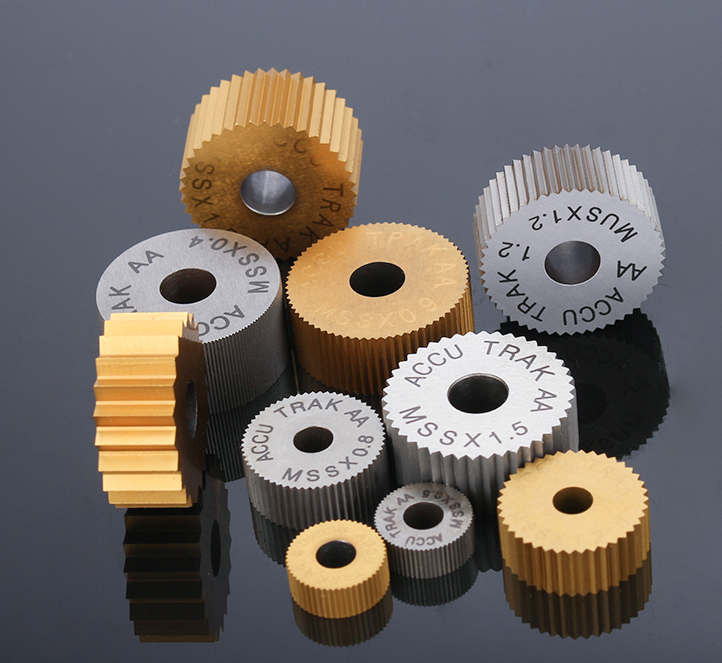
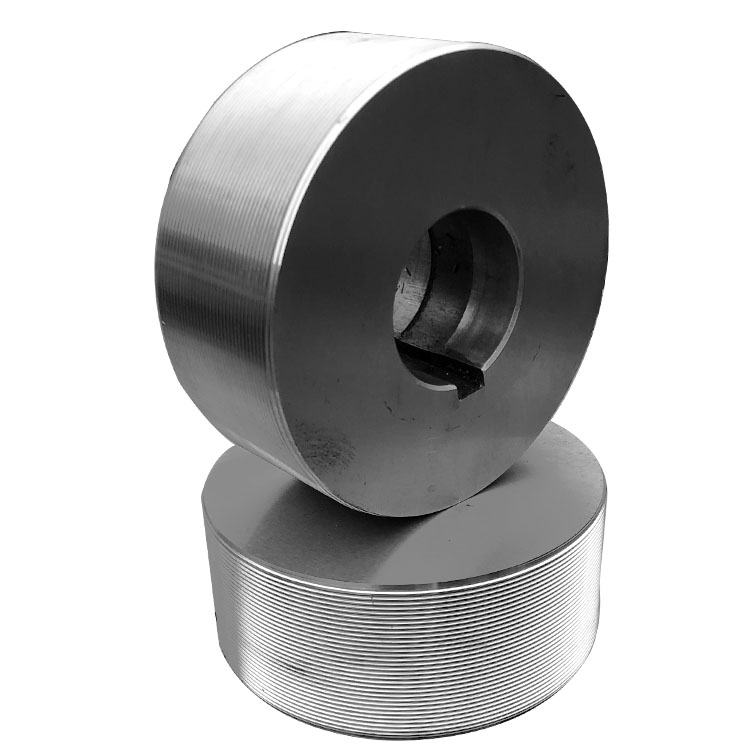
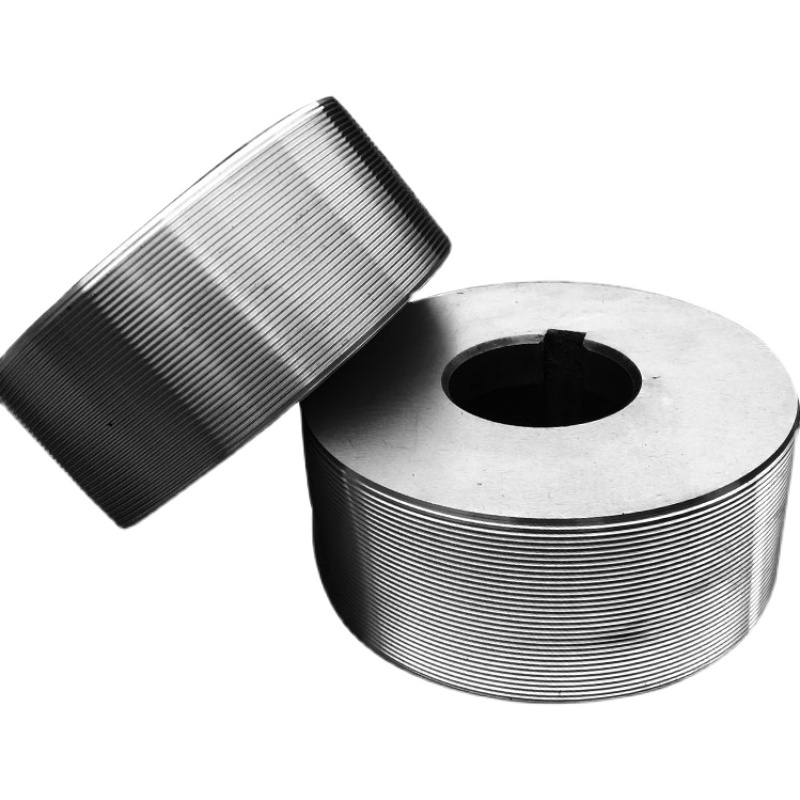
As we use the knurling toolings from Genswiss and Accu-trak. The above information “DIAMOND KNURLING” is from their company.
Why Use the Diamond Knurling on Stainless Steel Door Handles?
Now, we’re going to talk about door handles. More specifically, we’re going to discuss why the diamond knurling pattern is often used on stainless steel door handles. This type of knurling is created by cutting diamond-shaped indentations into the metal. While this may seem like a purely aesthetic choice, there’s actually a very practical reason for why this pattern is used. Let’s take a closer look.
The primary reason for using the diamond knurling pattern on stainless steel door handles is for grip. This type of knurling provides good traction, even when hands are wet or greasy. In contrast, a smooth handle can be very slippery and difficult to grip, especially in less than ideal conditions. The diamond pattern helps to prevent slips and falls, which makes it a good choice for both residential and commercial applications.
In addition to providing good grip, the diamond knurling pattern also helps to disguise fingerprints. If you’ve ever tried to clean fingerprints off of a stainless steel surface, you know how difficult it can be. The grooves of the diamond pattern help to camouflage fingerprints and make them much less noticeable.
TYPES OF STAINLESS STEEL DIAMOND KNURLED PULLS
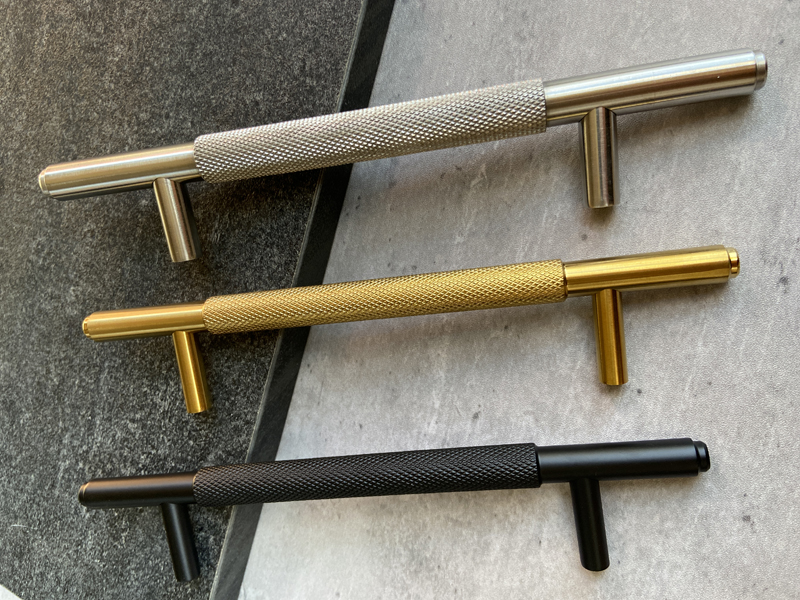

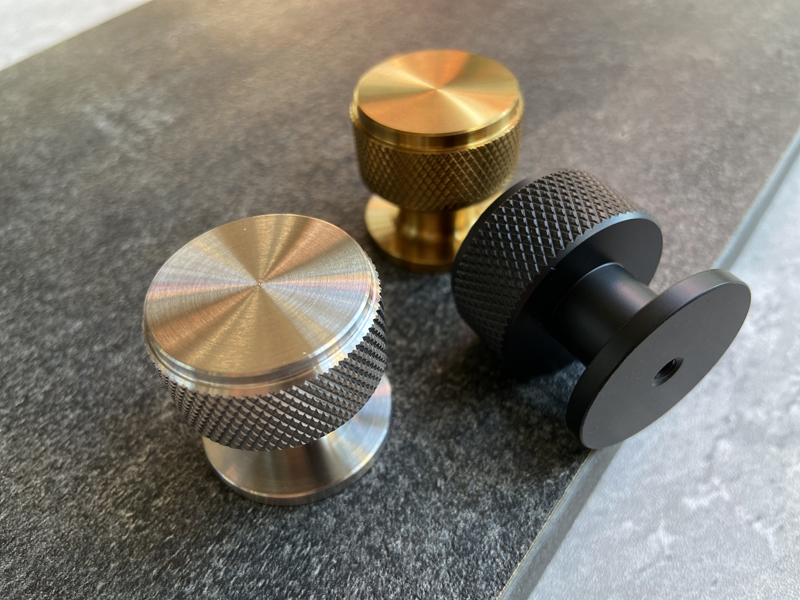
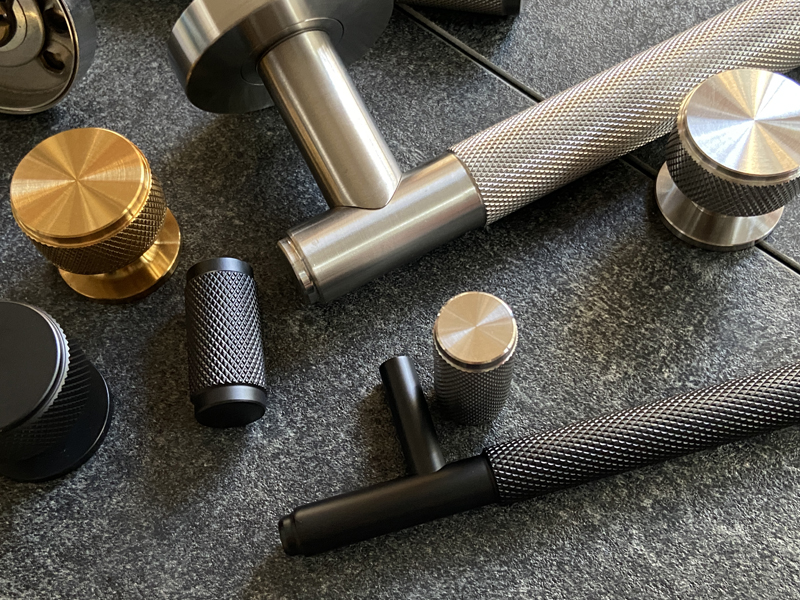

Finally, the diamond knurling pattern can add a touch of style to any door handle. This type of knurling is available in a variety of designs, so you can choose one that best suits the style of your home or business. Whether you want a sleek and modern look or something more traditional, there’s sure to be a diamond knurled door handle that’s perfect for you.
There are many reasons why the diamond knurling pattern is used on stainless steel door handles. From providing good grip to hiding fingerprints to adding a touch of style, this type of knurling offers many benefits. Next time you’re shopping for new door handles, be sure to keep the diamond knurling pattern in mind!

